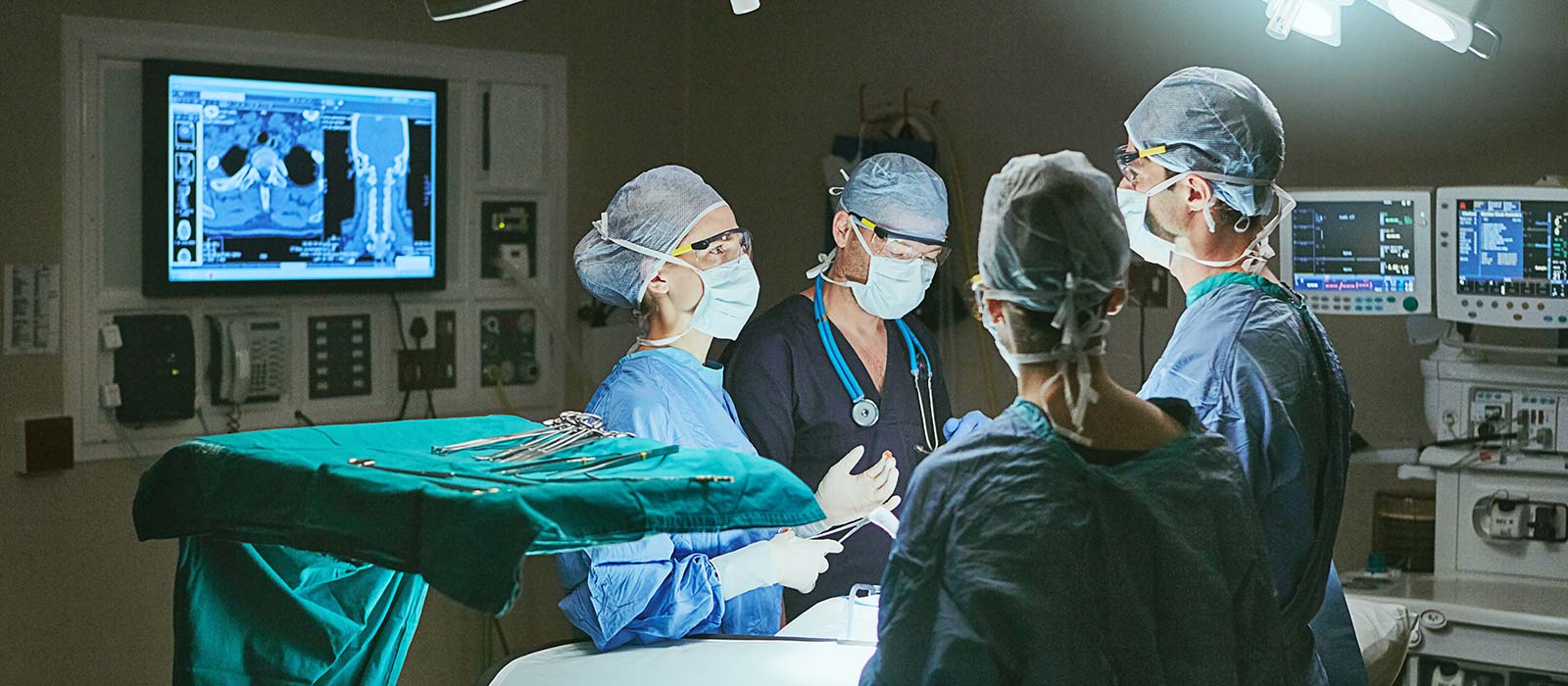Inova's vascular and interventional radiologists are leaders in minimally invasive procedures.
Throughout Northern Virginia and beyond, we are known for our wide range of treatments for complex medical conditions that previously required open surgery or a lengthy hospital stay. Today treatment for many conditions is available without traditional surgery.
Make an appointment
To make an appointment for interventional radiology services, please call 571-472-5500 Monday – Friday between 8 a.m. and 4:30 p.m.
Find an Inova hospital for interventional radiology
Inova’s vascular and interventional radiologists were the first in the region to perform:
- Peripheral and renal angioplasty
- Stent replacement
- Abdominal aortic stent-graft
- Varicose vein ablation
We were also among the first in the mid-Atlantic to perform uterine fibroid embolization (UFE). Today we have one of the largest and most successful UFE programs in the country.
A fast-growing field
Inova's diagnostic imaging departments offer the latest imaging procedures and exams, including X-ray, ultrasound, magnetic resonance imaging (MRI) and positron emission tomography/computed tomography (PET/CT). This high-tech imaging, combined with the use of catheters normally advanced through tiny incisions into an artery, allow our interventional radiologists to treat disease at its source. This translates into highly precise results and reduced risk, pain and recovery time for our patients.
Inova vascular and interventional radiologists are board-certified physicians whose accreditation includes both vascular and interventional radiology, and diagnostic radiology. These specialists bring an exhaustive mastery of minimally invasive treatments complemented by diagnostic and clinical expertise across all medical specialties.
Search online for an Inova interventional radiologist
Vascular and interventional radiology procedures are available at all Inova hospitals. Procedures for children are offered at Inova L.J. Murphy Children's Hospital and Inova Loudoun Hospital.
